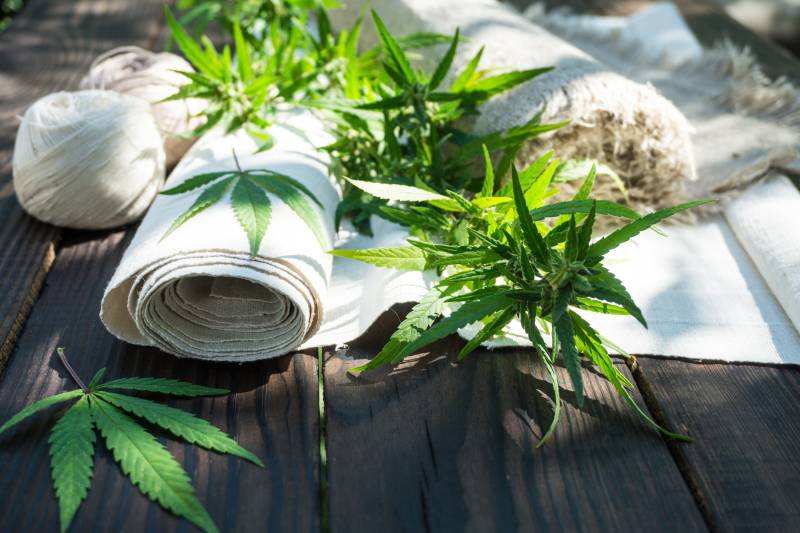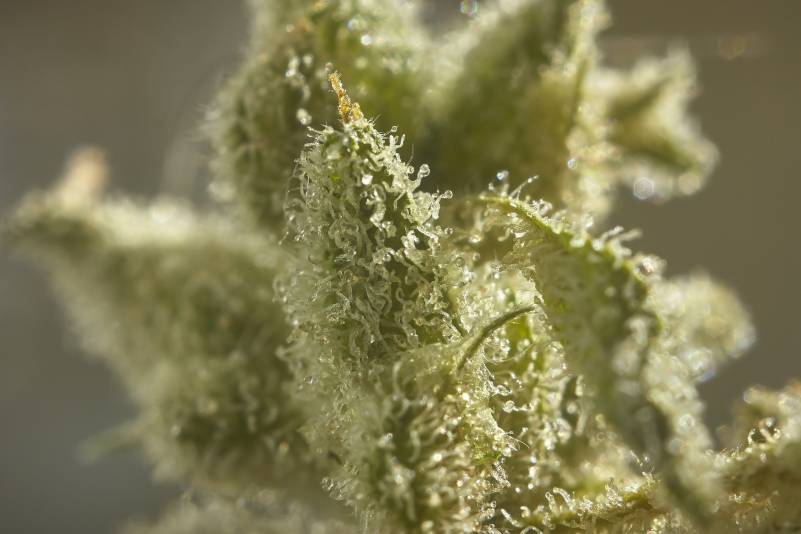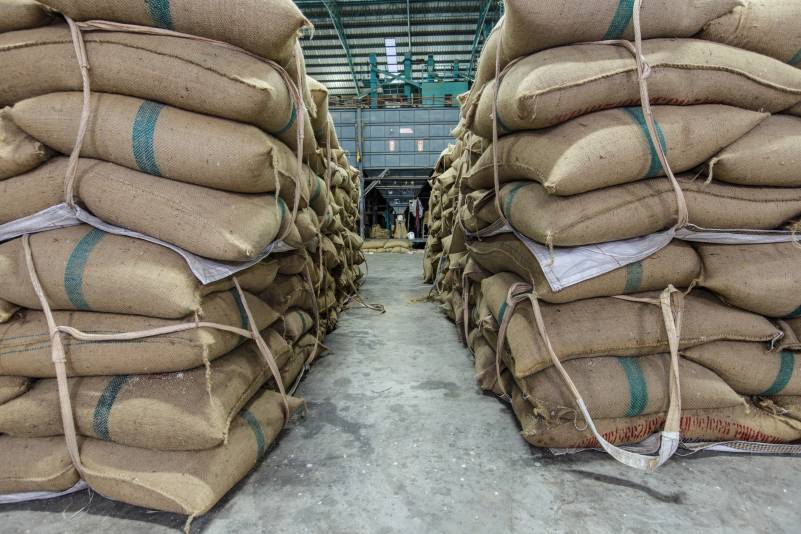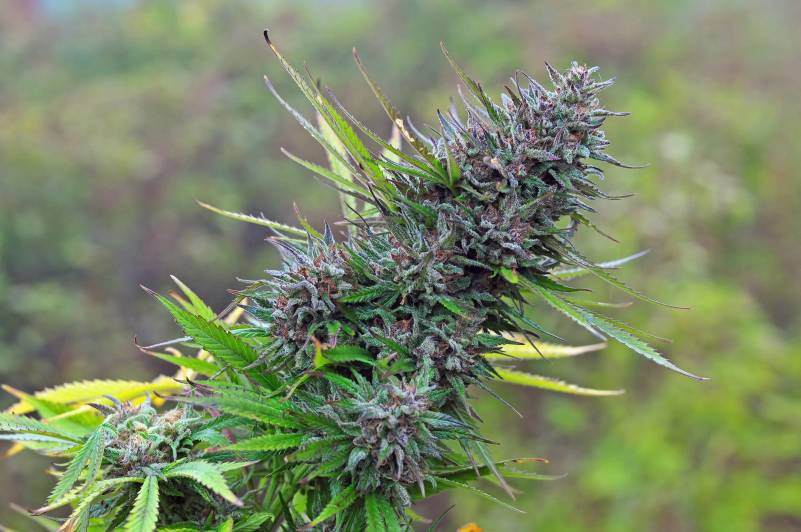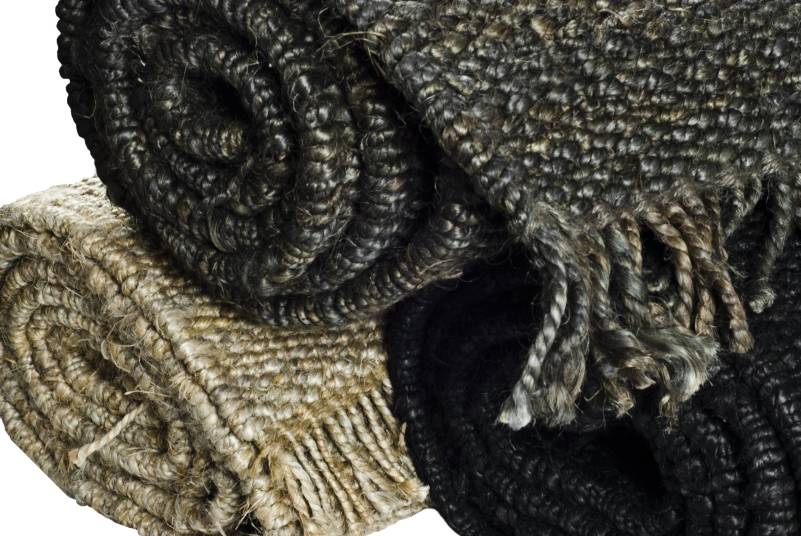IN THE BEGINNING
 The earliest known Cannabis writings were penned by Chinese Emperor, Chen Nung, circa 2727 B.C. Its use was also commonplace among the ancient Greeks and Romans eventually spreading to the Middle East and extending to Northern Africa. It wasn’t until 1545 that introduction to the west occurred when it was imported to Chile by merchant Spaniards. Grown and harvested on multiple plantations in the Northern US, its hemp fibers were used in the making of rope, paper goods and other textiles such as cloth. It has been used by cultures all over the world for thousands of years!
The earliest known Cannabis writings were penned by Chinese Emperor, Chen Nung, circa 2727 B.C. Its use was also commonplace among the ancient Greeks and Romans eventually spreading to the Middle East and extending to Northern Africa. It wasn’t until 1545 that introduction to the west occurred when it was imported to Chile by merchant Spaniards. Grown and harvested on multiple plantations in the Northern US, its hemp fibers were used in the making of rope, paper goods and other textiles such as cloth. It has been used by cultures all over the world for thousands of years!
The Cannabis Sativa is a naturally occurring herb plant. It is abundant and grows exceedingly well in hot and humid environments. Plants are either the taller thinner male with flower-like pods or a female that is darker and shorter with short-haired pods.
USES –
- Medicinal – pain, muscle spasms, poor appetite, nausea, seizures, Crohn’s.
- Rugs
- Rope
- Cloth & Textiles
- Food & Drinks – breads, candies, cereals, coffees, teas
- Skin Care – Cosmetics, lotions, creams, oils, ointments, shampoos
VARIOUS FORMS
Hashish – Derived from dried cannabis resins. Is potent and concentrated. High level of THC. Smoked in a pipe.Hash Oil – Extracted from cannabis plant. About 15% THC. Combined with tobacco or marijuana to smoke.
Hemp – Origin Central Asia. Used in religious ceremonies in India and Middle East. In vogue in the Americas for paper, clothing, rope, and jewelry.
Cannibus comes in many different varieties and potencies. Today, it is even more powerful than it was over 30 years ago. It is the potency of certain strains that make them popular.

